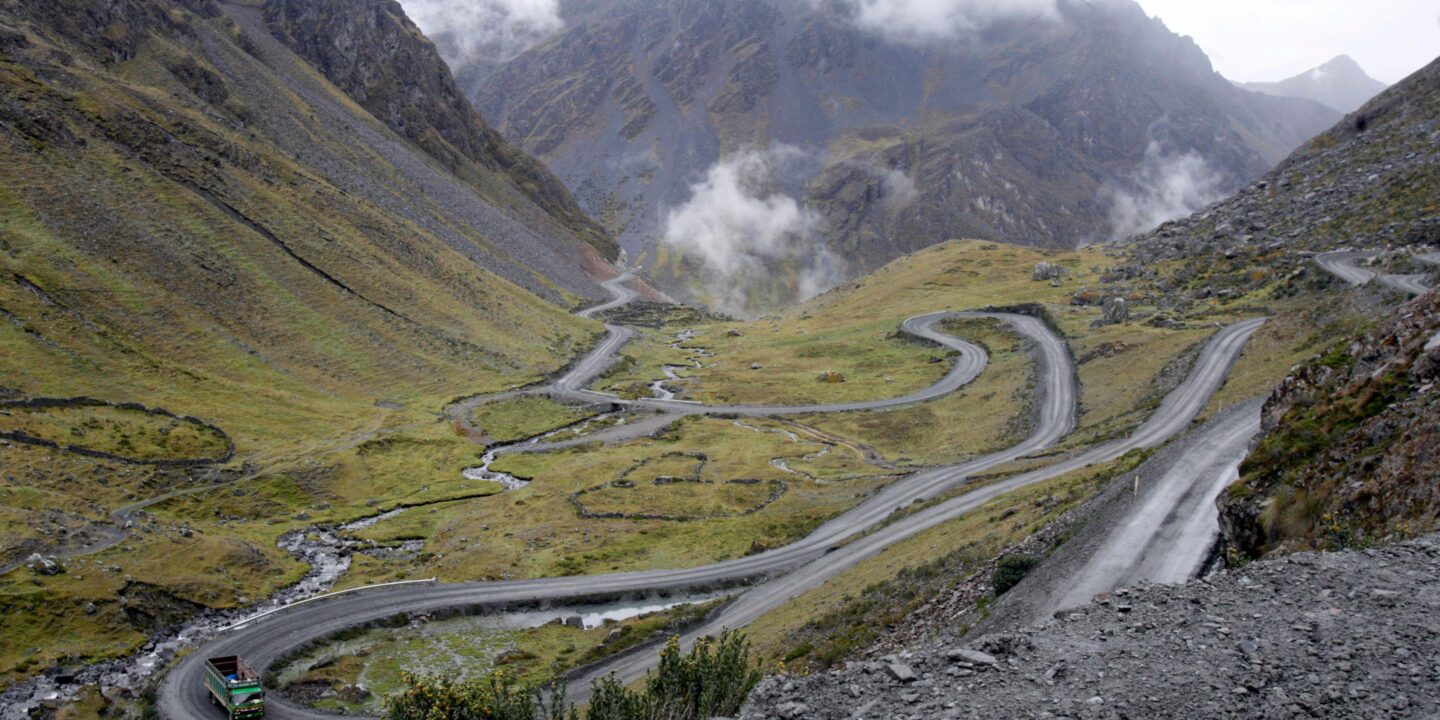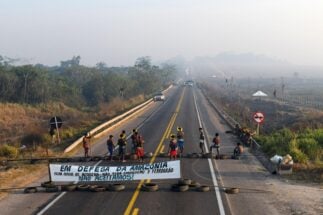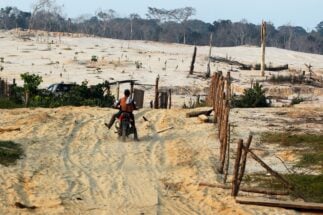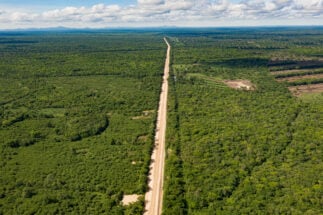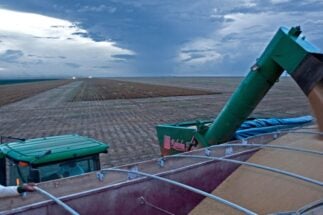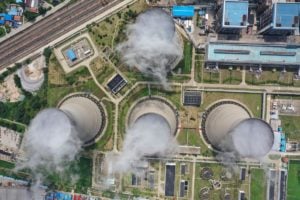The debate over the best way to connect the people of the Amazon is one that remains wide open. On the one hand, it has been proven that roads are a significant driver of deforestation in the vulnerable biome. On the other, it is regularly proposed that the Amazon should be connected by railways, as a more economical and environmentally friendly alternative.
Mapping road impacts
A new report produced in collaboration with Amazon Conservation’s Monitoring of the Andean Amazon Project (MAAP) details proposed road projects in the western Amazon, and analyses their potential impacts in the western Amazon
Neither is ideal, however, and both have their drawbacks. Contentious road building projects have been seen in Brazil, Peru and Bolivia, with proposed routes treated with caution by environmentalists and affected communities. Projects on the rails, meanwhile, have seen similar debates and damages, notably in the Brazilian Amazon state of Pará (see also: here).
The biggest impacts of roads are felt in their sheer footprint and pollution, and also in accidents, while the construction of railways brings major environmental impacts. In 2016, drawing on an earlier study of transportation in the USA that found roads to be the option bringing the most costly impacts – followed by rail, then air and waterways – I carried out an analysis adapted to the Amazon. It corroborated, and expanded, on these conclusions.
Unlike in forested regions of developed countries, in the Amazon, legislation prohibiting deforestation and unauthorised encroachment on public, private or indigenous lands is frequently not respected. It is possible that over 80% of deforestation in the Andean Amazon is of informal origin, carried out by landless peasants, or is illegal, involving fraud to occupy the land.
Roads, whether official or informal, are the best ally of the devastating process of deforestation
In Brazil, the percentage of deforestation linked to informality and landless peasants is lower, but illegal occupation through fraud is higher. Together, informal and illegal activities account for over 60% of the country’s annual deforestation and burning of forests.
Roads, whether official or informal, are the best ally of this devastating process: a vehicle carrying farmers, workers or invading loggers, as well as their equipment, can stop at any point along the road for them to enter the forest. It helps to contribute towards the millions of hectares of Amazon rainforest that are destroyed and burned every year.
For this reason, a great advantage of railways in the Amazon is that a train is likely to stop only at stations, not just anywhere it wishes. If stations are located strategically, only where the land is suitable for agriculture and where there are rural settlement programmes, it prevents or at least limits the opportunity for forests to be threatened, in particular the many protected or indigenous natural areas in the biome.
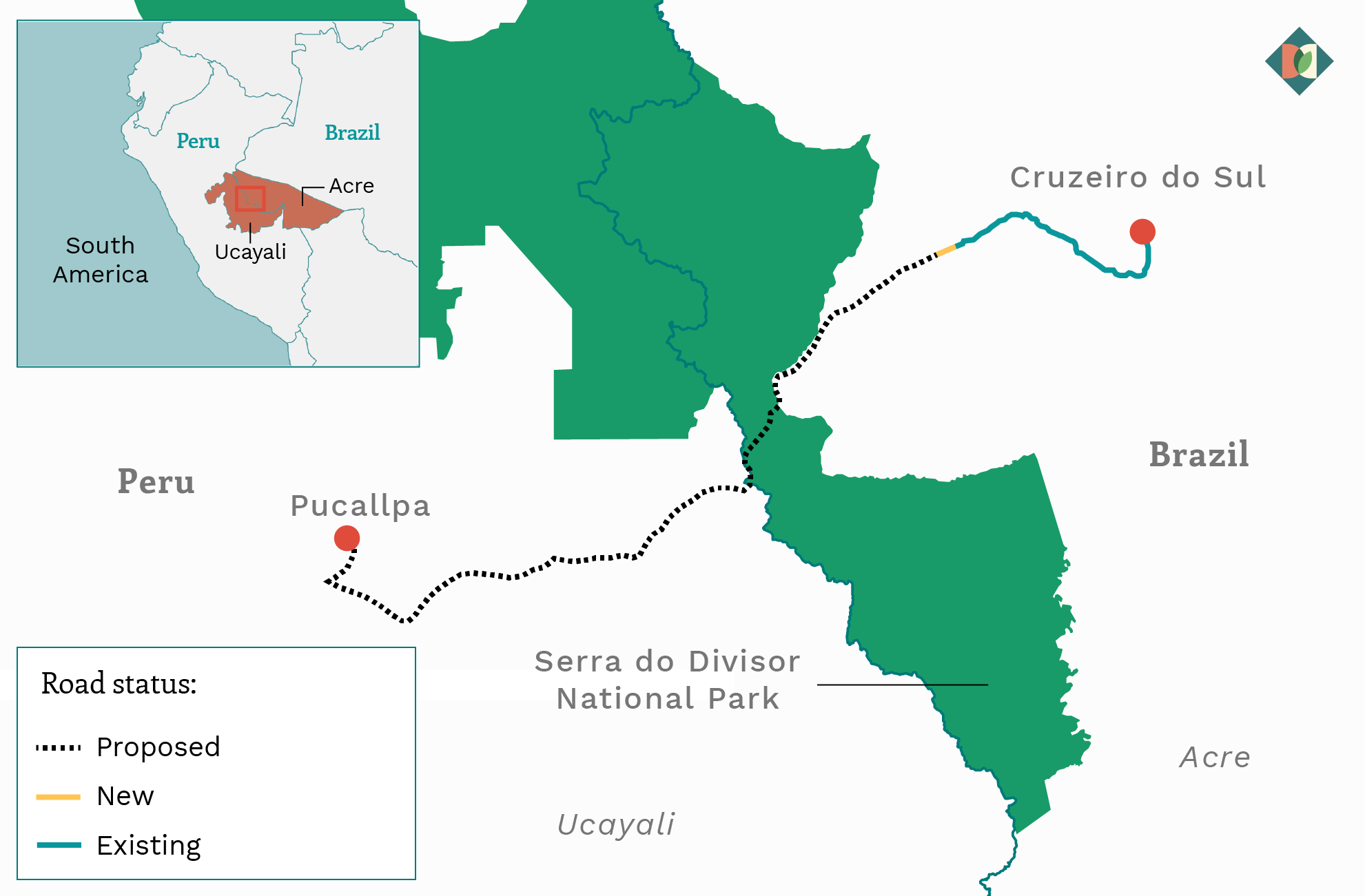
However, as mentioned earlier, railways are not without drawbacks of their own. The main and most obvious is their construction cost, which is significantly higher than that of roads. The cost of maintenance, however, is lower. But there are also environmental implications, as a recent Diálogo Chino report from Brazil discussed.
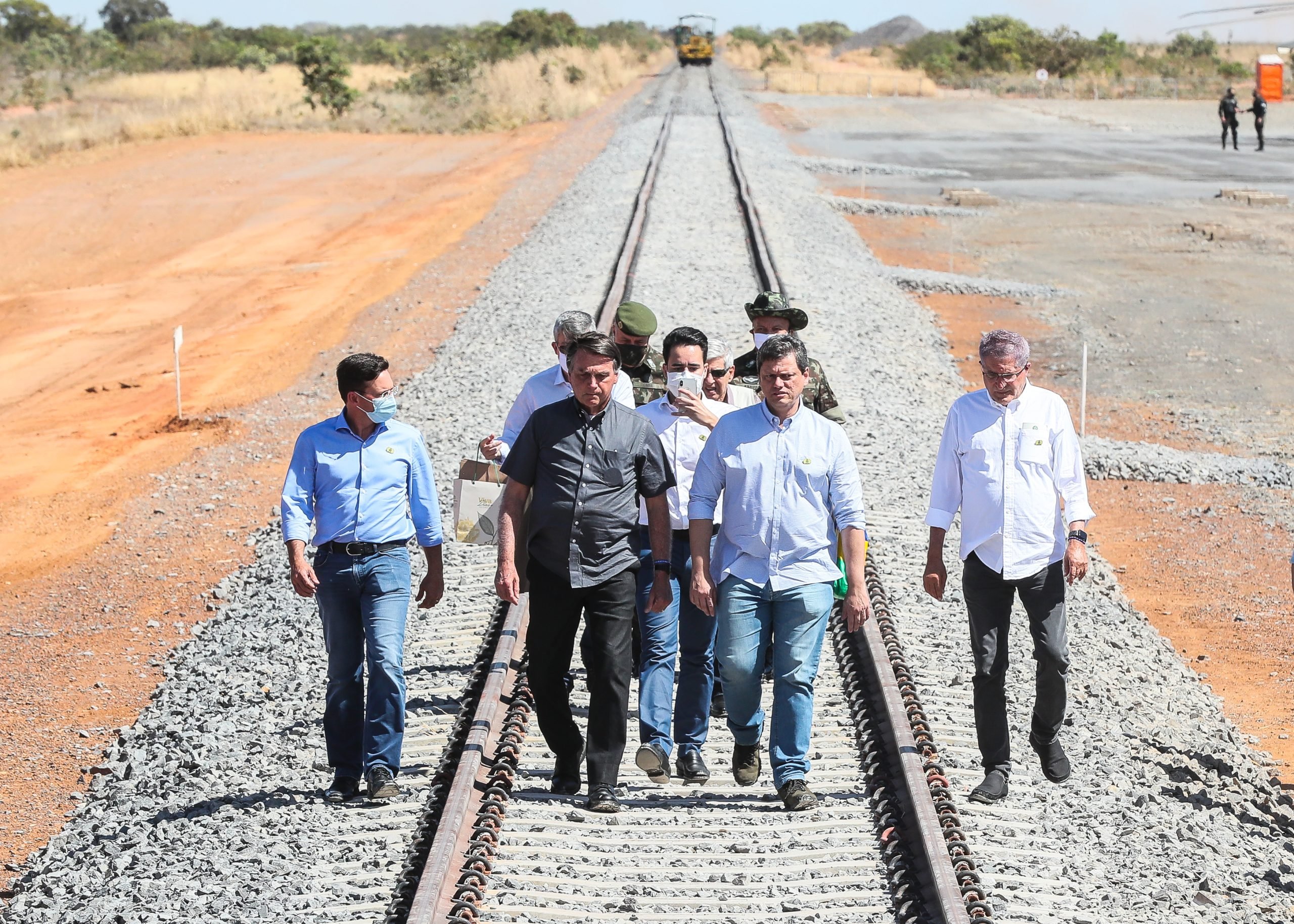
Indeed, although the construction impacts of railways are not much better than those of building a road, one problem is that their construction generally requires the opening of a road parallel to the future railway. If not well protected, and demolished after construction is completed, this, like any road, becomes an opportunity for forest encroachers. And if stations are built outside existing population centres, railways do not completely eliminate the need to construct new roads. However, the decision to build, or not to build, stations between the connecting localities is one that should depend on a prior environmental impact study.
The environmental advantages of railways in the Amazon are considerably greater than roads, especially over long distances and for heavy and massive transport: not only do they pollute much less, they also substantially reduce the threat of encroachment and the consequent deforestation and burning of forests. They also allow for tighter control of cargo and passengers, while the costs of maintenance and especially freight costs are much lower. It is also a safer transport option.
However, many of the advantages of having railways vanish if, between the locations they connect, there are also roads built or planned, or worse, if there is also a waterway that can be converted into a transport route. Of the four transport options – road, rail, air or water – waterways are the most ecological and economical. But, of course, navigable rivers are only where they are – and not everywhere they are needed.
